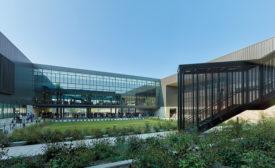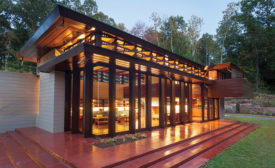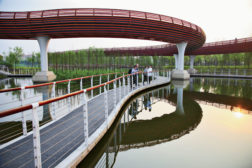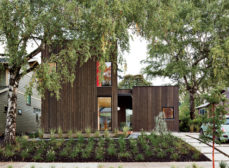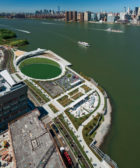Articles by Michael Cockram
Continuing Education: Building Integrated Photovoltaics
Catching Rays: A diverse set of projects demonstrates that a building’s skin can be transformed into a solar power plant.
Read More
Continuing Education: Relocating Buildings
Moving Masterworks: Three important buildings with new sites demonstrate the challenges and opportunities of relocation.
Read More
Water and Resilience
Continuing Education: Turenscape Restores an Urban Wetland
Befriending the Floods: A Chinese landscape architect restores the ecology of an urban wetland and creates an innovative, ever-changing park.
Read More
Continuing Education: Adapting to New Environs
As Passive House certification gains ground in the United States, the standards are modified for North America's diverse climate conditions.
Read More
Northwest Arkansas Free Health Center
Cure for the common clinic: A free regional health center embodies wellness in its refined simplicity.
Read More
Going with the Flow
From coast to coast, design professionals deploy innovative strategies to manage water and enhance sustainability.
Read More
Copyright ©2024. All Rights Reserved BNP Media.
Design, CMS, Hosting & Web Development :: ePublishing
